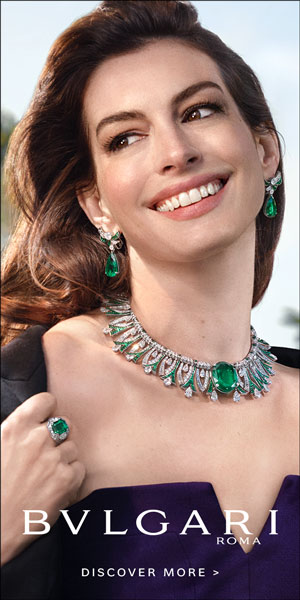About
Habib Gorgi (1892–1965) was an artist of the turn of the century pioneer generation of Egyptian modern art. He graduated from Teacher Training School then received a scholarship to England in 1920 to study pedagogic methods of art teaching, and watercolors. An early pioneer of art education, and the author of the first Arabic book on the subject in 1936. He taught graduates of the Fine and Applied Arts Colleges to prepare them to become arts teachers and get their National Teacher's Certificate. He established the Art Advocates Society in 1928 for artist investigating Egyptian identity through art, and watercolors in particular. His Spontaneous Sculpture School and the Textile Drawing School was continued by son-in-law Ramses Wissa Wassef in Harraneya. He represented Egypt in conferences on art teaching in Paris from 1936, and his educational experiments became an inspiration to major international writers, including Wilhelm Viola, in his book The Art of the Child. During his scholarship period in England, he specialized in watercolours. Habib Georghe was interested in the aesthetics of Egyptian art, and adopted this through his call for painting Egyptian landscapes, and through his establishing the Folk Art School, where he fostered a number of spontaneous artists, including Sayeda Massak, Samira Hosny, Yehya Bu Seri', Bodour Girgis, who were all talented in environmental sculpture, in the period from 1938 to 1951.
Key details
| Born |
1892
|
| Died |
1965 (aged 72)
|
| Zodiac | |
| Tags | Add tag |
Family members
Parents
Siblings
Other family members
Connections
Friends & associates
Habib Gorgi, Modern Egyptian Sculptor dating history
0Children
0Scholars
Family
Parents
Siblings
Children
Other family members
Friends & associates
Missing information for Habib Gorgi, Modern Egyptian Sculptor
- missing gender
- missing height
- missing hair color
- missing eye color
- missing ethnicity
- add profile photo
- add banner photo
- add photos to gallery
Lists
Facts and figures
Similar profiles
Activity
Top contributors today
Tags
Featured contributors
Couples by country
USA · UK · Canada · Australia · France · Germany · India · China · South Korea · Japan · Spain · MexicoCouples by decade
1900s · 1910s · 1920s · 1930s · 1940s · 1950s · 1960s · 1970s · 1980s · 1990s · 2000s · 2010s · 2020s



